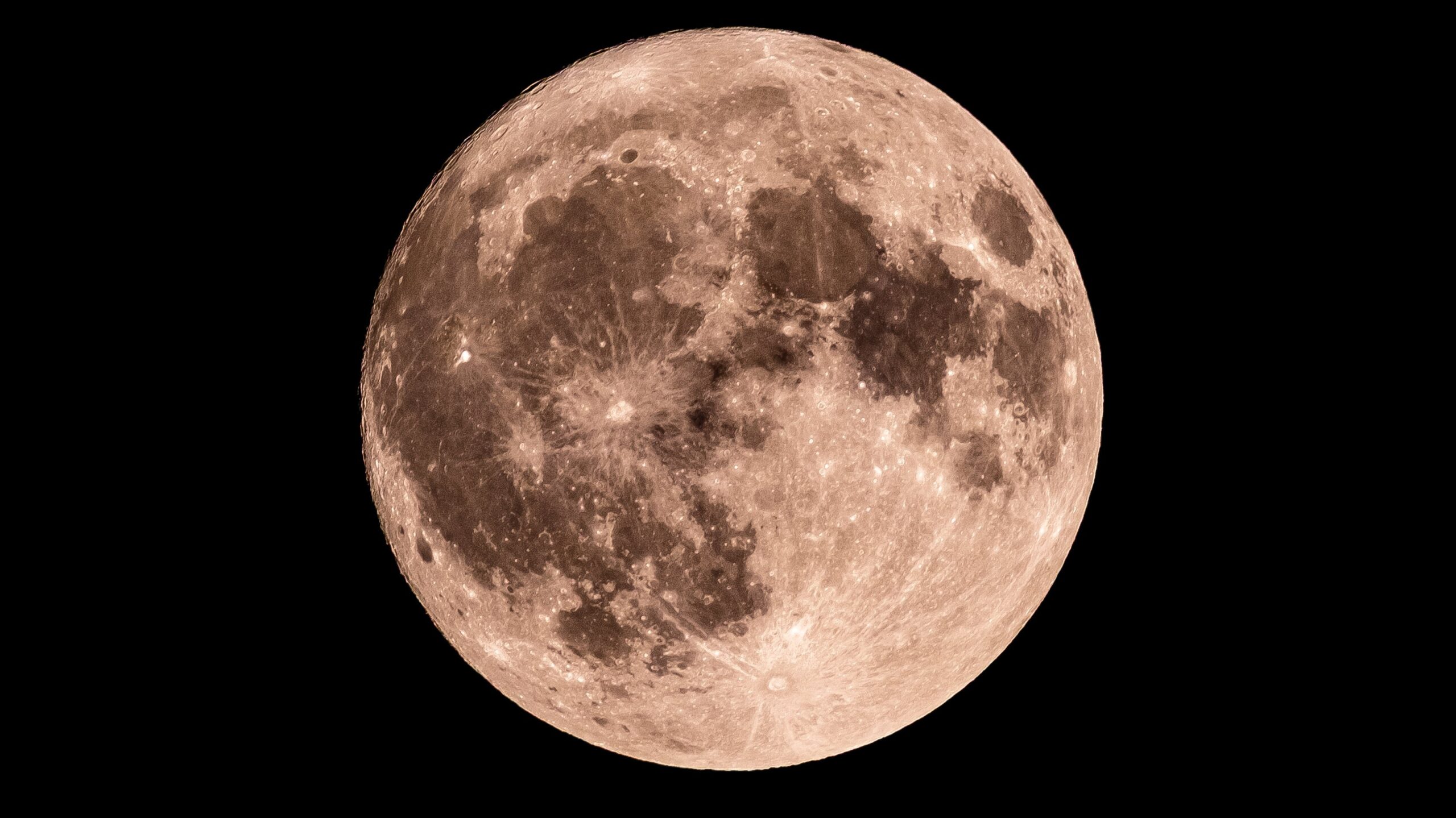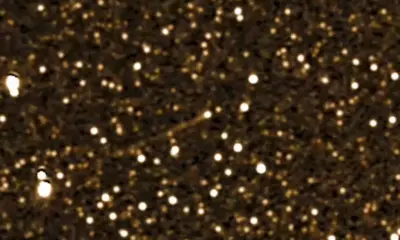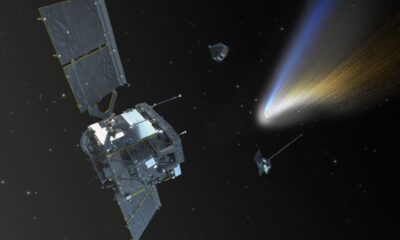Science
Celebrate the Waxing Gibbous Moon on October 4 with NASA

Tonight marks a special occasion for skywatchers as the moon enters the Waxing Gibbous phase. On October 4, 2023, approximately 91% of the moon’s surface will be illuminated, creating a spectacular sight in the night sky. This evening also coincides with International Observe the Moon Night, an initiative by NASA to encourage individuals to celebrate and explore the wonders of lunar observation, while acknowledging the cultural significance of the moon in various traditions.
The Waxing Gibbous phase is just days away from the next full moon, which occurs on October 7, 2023. During this phase, the moon appears more than half lit but remains shy of being fully illuminated. Tonight, observers can identify notable lunar features with the naked eye, including the Copernicus Crater, Mare Serenitatis, and Mare Fecunditatis. For those using binoculars, additional details such as the Apennine Mountains, Alphonsus Crater, and Clavius Crater will come into view. Telescopes will reveal even more, including the historic landing site of Apollo 11, as well as Reiner Gamma and the Descartes Highlands.
Understanding moon phases is essential to appreciating these celestial events. According to NASA, the moon completes its orbit around Earth in approximately 29.5 days, resulting in various phases caused by the changing angles between the sun, moon, and Earth. Observers on Earth consistently see the same side of the moon; what changes is the amount of sunlight that reflects off its surface. The eight primary phases of the moon are as follows:
– **New Moon**: The moon is positioned between Earth and the sun, rendering its face invisible.
– **Waxing Crescent**: A sliver of light appears on the right side.
– **First Quarter**: Half of the moon is illuminated on the right side.
– **Waxing Gibbous**: More than half of the moon is lit, but it is not yet full.
– **Full Moon**: The entire face of the moon is fully illuminated.
– **Waning Gibbous**: The moon begins to lose light on the right side.
– **Last Quarter (or Third Quarter)**: Another half-moon, but illuminated on the left side.
– **Waning Crescent**: A slim crescent of light remains on the left side before the moon returns to darkness.
As tonight unfolds, enthusiasts are encouraged to step outside, enjoy the view, and perhaps engage in discussions about the moon’s significance to humanity. This event serves as a reminder of the vastness of our universe and the connections we share with celestial bodies.
-

 Technology5 months ago
Technology5 months agoDiscover the Top 10 Calorie Counting Apps of 2025
-

 Health3 months ago
Health3 months agoBella Hadid Shares Health Update After Treatment for Lyme Disease
-

 Health3 months ago
Health3 months agoErin Bates Shares Recovery Update Following Sepsis Complications
-

 Technology4 months ago
Technology4 months agoDiscover How to Reverse Image Search Using ChatGPT Effortlessly
-

 Technology1 month ago
Technology1 month agoDiscover 2025’s Top GPUs for Exceptional 4K Gaming Performance
-

 Technology3 months ago
Technology3 months agoElectric Moto Influencer Surronster Arrested in Tijuana
-

 Technology5 months ago
Technology5 months agoMeta Initiates $60B AI Data Center Expansion, Starting in Ohio
-

 Technology5 months ago
Technology5 months agoRecovering a Suspended TikTok Account: A Step-by-Step Guide
-

 Health4 months ago
Health4 months agoTested: Rab Firewall Mountain Jacket Survives Harsh Conditions
-

 Lifestyle5 months ago
Lifestyle5 months agoBelton Family Reunites After Daughter Survives Hill Country Floods
-

 Health3 months ago
Health3 months agoAnalysts Project Stronger Growth for Apple’s iPhone 17 Lineup
-

 Technology4 months ago
Technology4 months agoHarmonic Launches AI Chatbot App to Transform Mathematical Reasoning




















